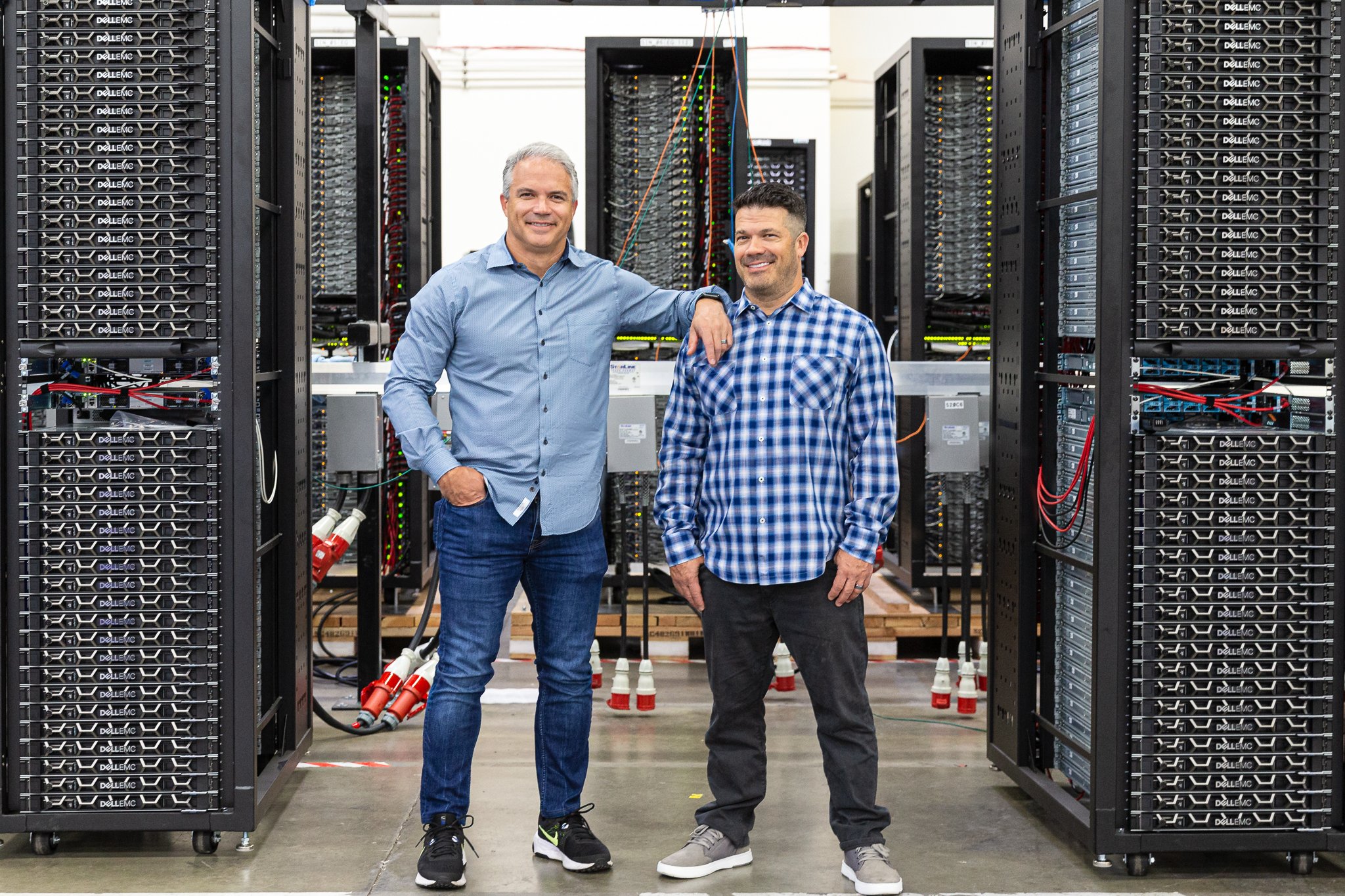Readers of the site Future, from venture capital firm a16z, may have spotted an article headlined “The Cost of Cloud, a Trillion Dollar Paradox.” In the piece, the authors write:
[A]s industry experience with the cloud matures—and we see a more complete picture of cloud lifecycle on a company’s economics—it’s becoming evident that while the cloud clearly delivers on its promise early on in a company’s journey, the pressure it puts on margins can start to outweigh the benefits, as a company scales and growth slows. Because this shift happens later in a company’s life, it is difficult to reverse as it’s a result of years of development focused on new features and not infrastructure optimization. Hence a rewrite or the significant restructuring needed to dramatically improve efficiency can take years and is often considered a non-starter.
The article then goes on to provide a good framework for SaaS-based organizations to follow for the cloud as they scale. Seriously, you should definitely go read it if you haven’t already.
While we agree with many of the points made in the piece, there are some areas where Redapt’s outlook on the issues raised differs slightly.
For example, the idea of “repatriation”—that is, going through the expensive process of pulling workloads from the cloud to bypass the cloud cost paradox. In the article, the authors write:
As the cost of cloud starts to contribute significantly to the total cost of revenue (COR) or cost of goods sold (COGS), some companies have taken the dramatic step of “repatriating” the majority of workloads (as in the example of Dropbox) or in other cases adopting a hybrid approach (as with CrowdStrike and Zscaler). Those who have done this have reported significant cost savings: In 2017, Dropbox detailed in its S-1 a whopping $75M in cumulative savings over the two years prior to IPO due to their infrastructure optimization overhaul, the majority of which entailed repatriating workloads from the public cloud.
While repatriation may ultimately be a good decision for an organization, we believe it should always be done incrementally, and that the paradox that may drive the consideration of repatriation is really just an incremental ROI lifecycle.
Because of this, we believe it’s important for organizations considering repatriation to conduct an ROI analysis at every stage of growth projection and evaluation. This analysis should be based on your annual contractual spend in the cloud, the collective contractual spend before the current fiscal year, and how many years are left on your contract with the cloud provider.

As a result of this analysis, your organization will be able to calculate and plan for incremental repatriation of workloads from the cloud and begin identifying the people, tools, and processes necessary for the said undertaking.
In addition, in our view, customer-facing applications that have certain characteristics—network effects requirements, highly volatile traffic patterns, requirements for constant and consistent iterations, and users that are geographically dispersed—should ideally be born in the cloud and scaled meaningfully before repatriation becomes a reality.
Another way organizations can bypass the cloud paradox entirely is through the adoption of Kubernetes orchestration. For many mainstream enterprises, modernization of the technology stack is also happening alongside modernization of their processes.
A lot of organizations are still grappling with cleaning up disparate tools, applications, operating systems, and VMs, and as that work—which is part of a larger digital transformation framework—continues alongside that organization’s growth, bringing modern application approaches around CI/CD can allow that organization to prepare for a more efficient transition between clouds in addition to repatriation.
Additionally, while we agree that infrastructure and cloud spend should be a first-class metric tracked by all segments of an organization—and that 3rd party optimization tools are essential to minimize lock-in—we also consider how advances like AIOps, in particular, can help with cloud infrastructure optimization as the technology continues to mature and improve at a rapid pace.
Again, none of this is to say that the cloud cost paradox isn’t real, or that the authors of the a16z article are off the mark in any way. Quite the contrary. At Redapt, we believe there are practical solutions based on industry verticals that allow an organization to either bypass or negotiate the “paradox” in very effective ways.
Legacy enterprise organizations, for example, have a very different trajectory from SaaS organizations, and our multi-decade experience in the data center and edge space can help guide and propel these organizations with ROI and TCO in mind.
Need guidance on lowering your cloud costs? Schedule some time with our experts today.














